My wife and I have been on numerous zip lines, (Hawaii, Costa Rica, Roatan) and felt this one we wouldn't consider going on again. Unlike so many other built on rolling or hilly terrain, this one is built using telephone poles stuck in the flat ground with supporting wires strung out from the tops of each pole to the ground. Given the height, the poles have a tendancy to twist and sway as guests gather on platforms at various levels on the poles.The landing ramps are short and such that it's easy to hit their face when coming in backwards, even when trying to keep ones feet raised up to avoid such a collision. Worse yet were the swaying cable/wood plank bridges between the poles. Our concern was possible falling between the 2 x 6 boards or over the open sides of the bridges even though we were safety lined to an overhead cable. If one were to fall, I have no idea how the two ladies who were our guides could have brought the fallen person back up on to the bridge. We were happy to get back on the ground after this adventure. Another thing to mention. I'm not 20 years old so flying along in their dunes buggies, or whatever they call them, at breakneck speed on a heavily rutted dirt road, is hard on one's body. Sit in the rear seats for a more tolerable ride. I'm suprised OSHA has approved this operation given the potential safety hazards.
Відповідь від хоста
May 2018
We are very saddened to hear that you didn't enjoy yourself on our course. Given the serious nature of your accusations, I'd like to take the time to address each issue in your review.
First, Denali Park Zipline is a pole built course; a choice made because pole built courses are engineered to be structurally sound. Every pole, platform, bridge, support cable and zip traverse was designed and approved by a licensed engineer. Additionally, the poles give us the opportunity to be above the canopy, allowing for 360 degree views of the mountains and boreal forest. Furthermore, the small spruce trees surrounding our course would not sustain platforms and while tree built courses are still very safe, poles leave nothing to chance.
Second, discomfort with the movement of our platforms may be a valid concern, but it is a fundamental element of the course. Wooden poles and platforms need to move and flex so they do not crack or break under stress, not unlike a sky scrapper with a load stone at the top. Our poles and platforms are intentionally designed to move and flex. The guy cables mentioned are also intended to allow movement without allowing the structure to break and are all set at 45 degree angles to insure optimal strength.
Third, as zip-lining inverted is not a feature of the course, I think you meant to say feet, rather than face, when you mentioned coming in to the run up ramps. The run up ramps are intended to increase comfort upon arrival through a lower platform edge, easily cleared by lifting your feet in preparation to land on the platform. However there are inherent risks in all adventure activities, including Zip-lining, and although we do not ask our participants to steer, break or handle any of their own equipment, it is still necessary for them to actively participate in some aspects of the tour: lifting their feet when arriving and not shuffling when walking the bridges. While the majority of our guests have been able to lift their feet when arriving at a platform, we do recognize that in the excitement of the moment, it can be difficult to follow instructions. For this reason we have chosen to install custom pads to further manage this risk for our guests.
Fourth, our bridges, which seemed to cause you a lot of concern, were intentionally designed to be challenging. Without an intimate understanding of course rescues, it may seem inconceivable that a smaller guide would be able to assist a heavier guest using brute strength. Thanks to physics, I can assure you that none of our rescues require impressive physical strength and all can be done by any guide regardless of their strength or gender. In fact, all guides are required to master the bridge rescue as part of their required repertoire of rescues and procedures before becoming certified to guide guests. All rescues are required to be performed within 5 minutes or less and guides are subject to periodic, random checks. Our commitment to excellence is such that all guides must log at least an additional 2 hours a week of rescue practice.
Fifth, Denali Park Zipline is one of the most adventurous tours in Denali and that spirit does begin with the transportation to our remote site. Access to the course is a dirt trail through the boreal forest and boggy permafrost, affected by unpredictable Alaskan weather and severe seasons. We chose to use brand new side by side Yamaha ATV’s because they are designed to traverse the changing landscape. We do understand that it can be bumpy, but I would like to assure you that we have a strict max speed limit of 15mph and we track the progress of the UTVs remotely to guarantee adherence to this policy. Although the UTVs have roofs and windshields, the open air and proximity to nature can amplify the perception of speed. However, we sincerely apologize that you were made to feel that our staff was exceeding this limit.
Sixth, OSHA only regulates safety of employees, the ACCT (Association for Challenge Course Technology) sets standards for the regulation of our industry concerning, but not limited to guide training, construction of courses, risk management, and guest safety. ACCT standards are very strict and we meet or exceed all of their requirements. We hire an objective third party, an ACCT approved PVM (professional vendor member) to perform our guide testing, pre-season course inspection (done by a licensed engineer), conduct outside safety audits, and provide general consultation. Additional measures we take include an on-site AED, dedicated emergency response staff and vehicles, two licensed EMT’s on staff, and rescue bags and first aid kits on every platform. We have a close relationship with local EMS/rescue department and they do an annual tour of our site and facilities to help with emergency preparedness. Every piece of equipment is inspected at least twice before each use and every use of all equipment is tracked and logged, ensuring quality control for all critical equipment.
Finally we would like to mention that we are currently working with the state of Alaska on a certification process for zip-lines in Alaska. We are extremely proud to mention that they are using our course as a perfect example of a safe and inspected course with all engineered plans.
We sincerely apologize for any discomfort you felt while participating in our excursion and hope that we have fully addressed all of your concerns. We also wish that rather than wait several months after your experience to post a review that you would have expressed your concerns at any point during the three hours with us to your guides, your shuttle driver, the on-site manager or the office staff. All would have gladly aided you and worked to help you understand our course and operations more fully. Colin - GM
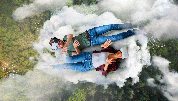 Унікальний досвід
Унікальний досвід
 Подорожі та транспортні послуги
Подорожі та транспортні послуги
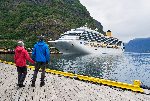 Тури, екскурсії та круїзи
Тури, екскурсії та круїзи
 Квитки та перепустки
Квитки та перепустки
 Квитки та перепустки на спортивні події
Квитки та перепустки на спортивні події
 Мала група
Мала група
 Сезонні та особливі випадки
Сезонні та особливі випадки
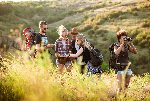 Застосовані санітарні заходи
Застосовані санітарні заходи
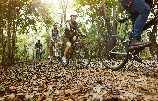 Заходи на свіжому повітрі
Заходи на свіжому повітрі
 Ймовірно, буде розпродано
Ймовірно, буде розпродано
 ЛГБТ-дружні тури
ЛГБТ-дружні тури
 Зручно для дітей
Зручно для дітей
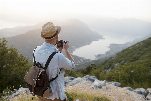 Добре, щоб уникнути натовпу
Добре, щоб уникнути натовпу
 Їжа та напої
Їжа та напої
 Відмінна якість
Відмінна якість
 Заняття та семінари
Заняття та семінари
 Найкраще перетворення
Найкраще перетворення
 Аудіогіди
Аудіогіди
 Мистецтво та культура
Мистецтво та культура
 Віатор Плюс
Віатор Плюс
 Унікальний досвід
Унікальний досвід
 Подорожі та транспортні послуги
Подорожі та транспортні послуги
 Тури, екскурсії та круїзи
Тури, екскурсії та круїзи
 Квитки та перепустки
Квитки та перепустки
 Квитки та перепустки на спортивні події
Квитки та перепустки на спортивні події
 Мала група
Мала група
 Сезонні та особливі випадки
Сезонні та особливі випадки
 Застосовані санітарні заходи
Застосовані санітарні заходи
 Заходи на свіжому повітрі
Заходи на свіжому повітрі
 Ймовірно, буде розпродано
Ймовірно, буде розпродано
 ЛГБТ-дружні тури
ЛГБТ-дружні тури
 Зручно для дітей
Зручно для дітей
 Добре, щоб уникнути натовпу
Добре, щоб уникнути натовпу
 Їжа та напої
Їжа та напої
 Відмінна якість
Відмінна якість
 Заняття та семінари
Заняття та семінари
 Найкраще перетворення
Найкраще перетворення
 Аудіогіди
Аудіогіди
 Мистецтво та культура
Мистецтво та культура
 Віатор Плюс
Віатор Плюс




 uk
uk
 English
English
 Russian
Russian
 French
French
 Polish
Polish
 Serbian
Serbian
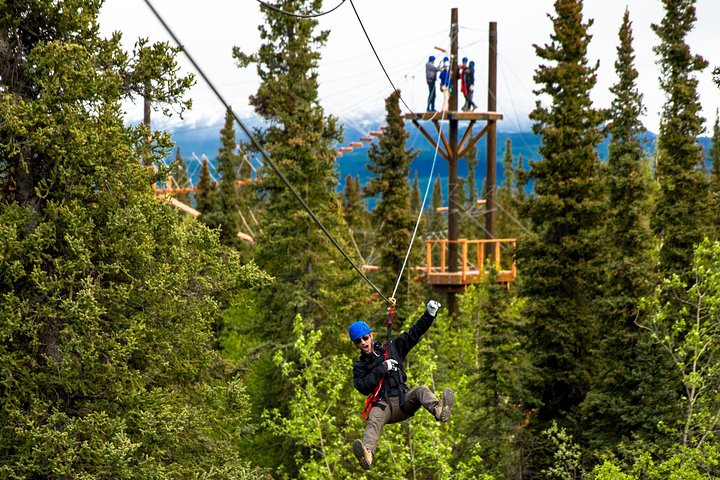
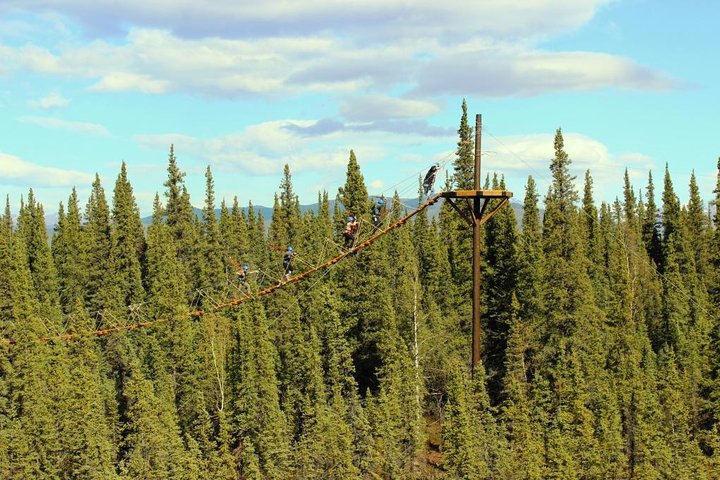
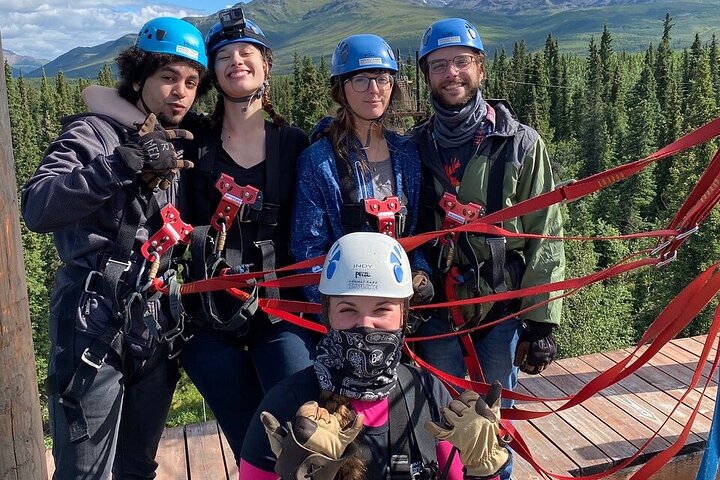
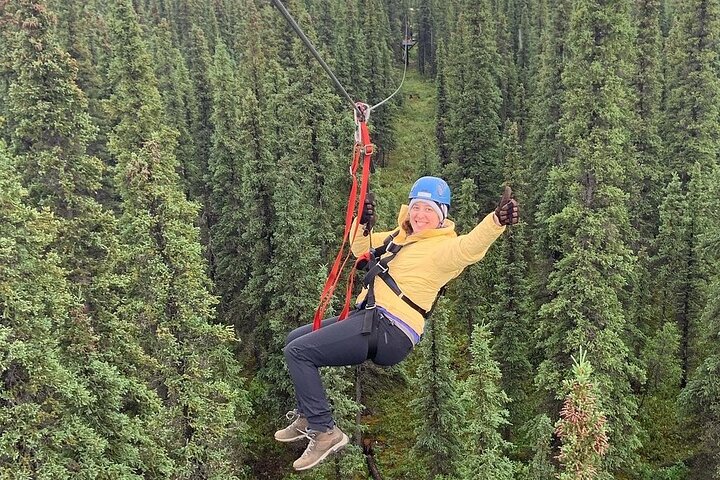
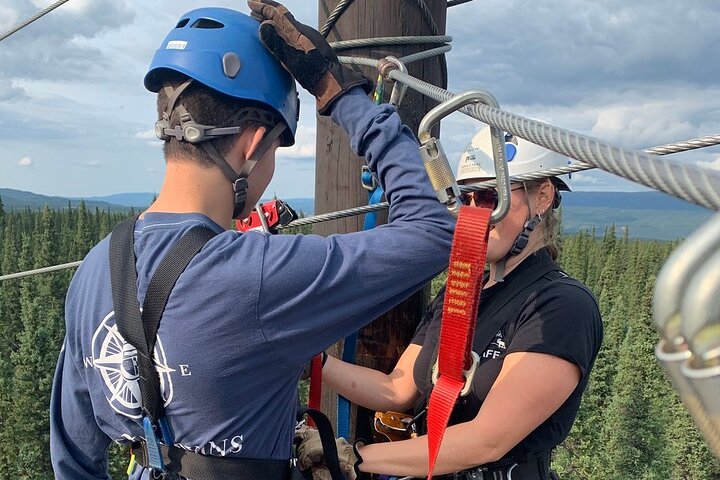
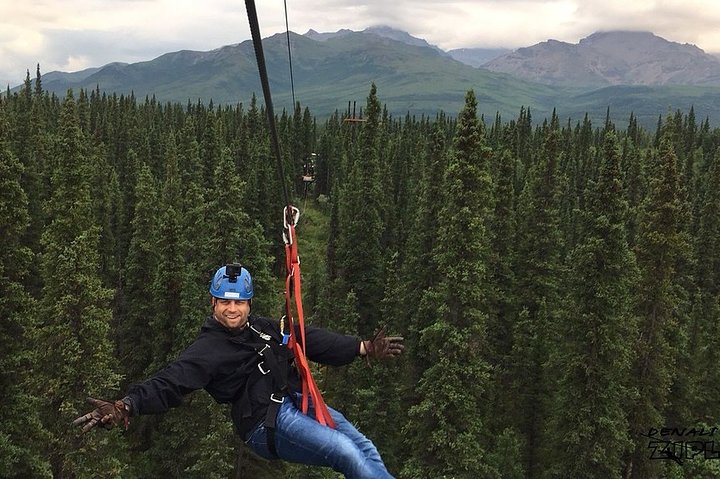
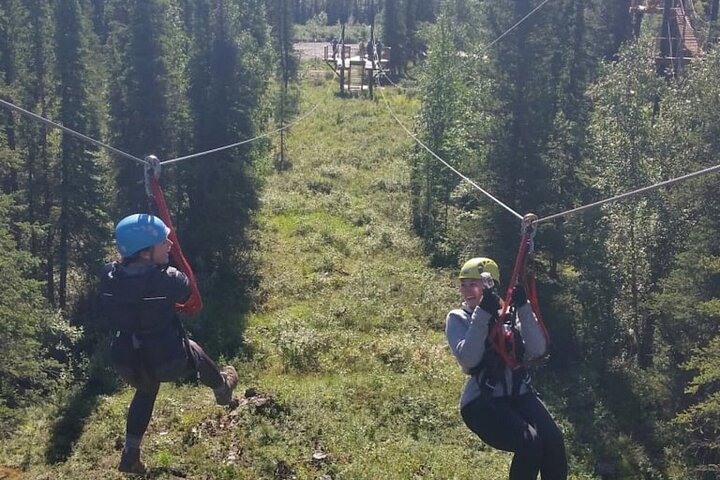
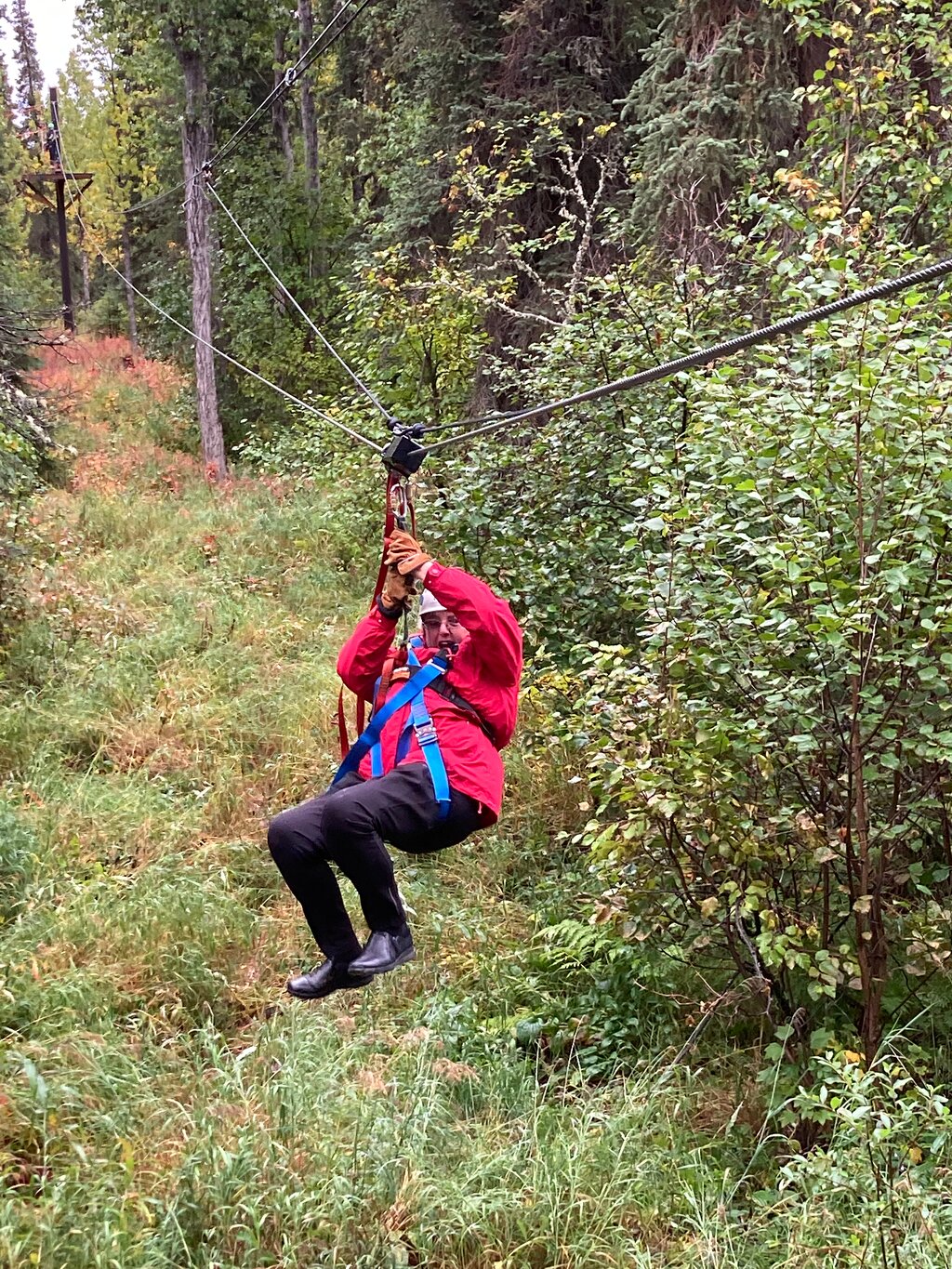
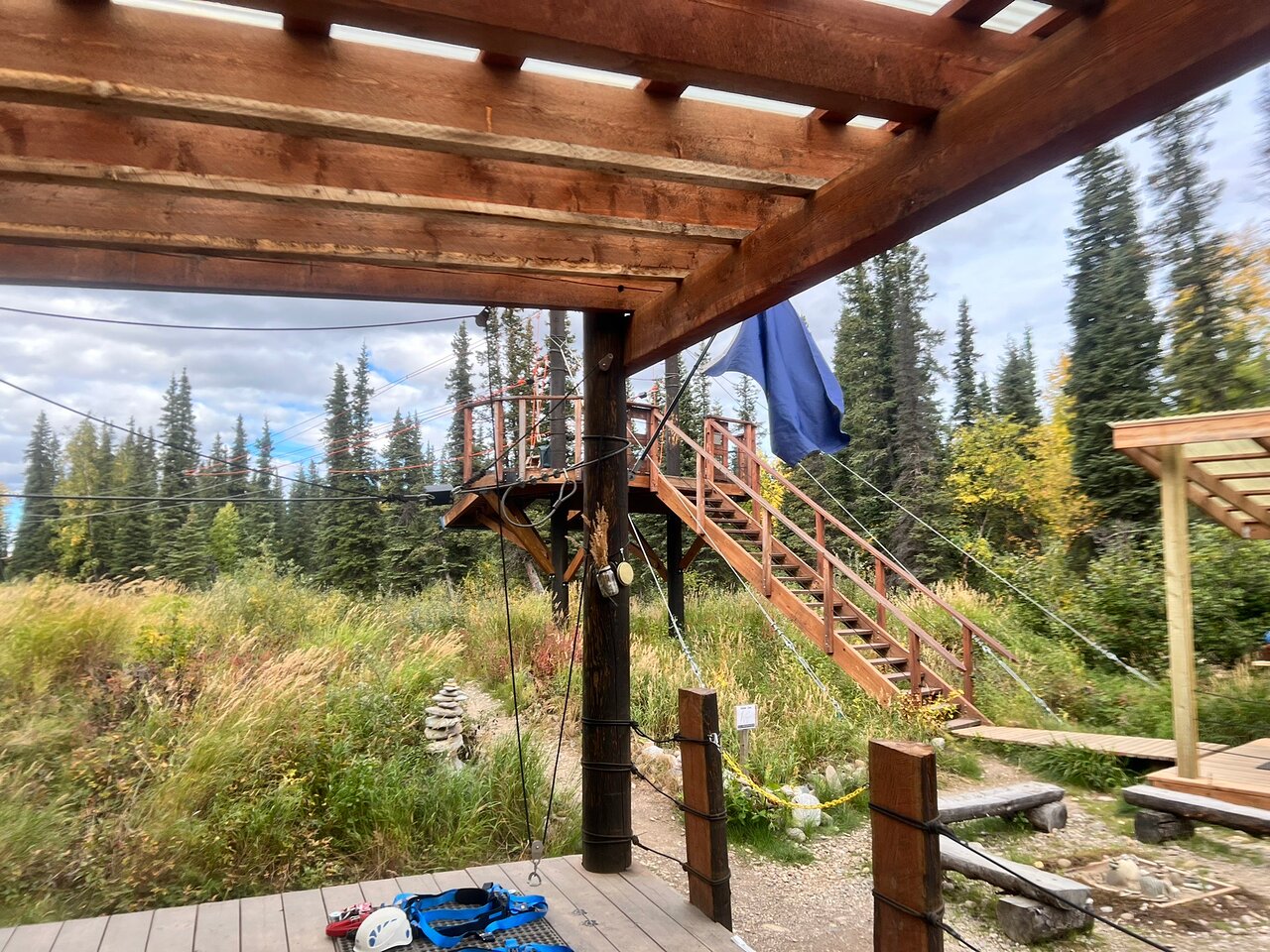
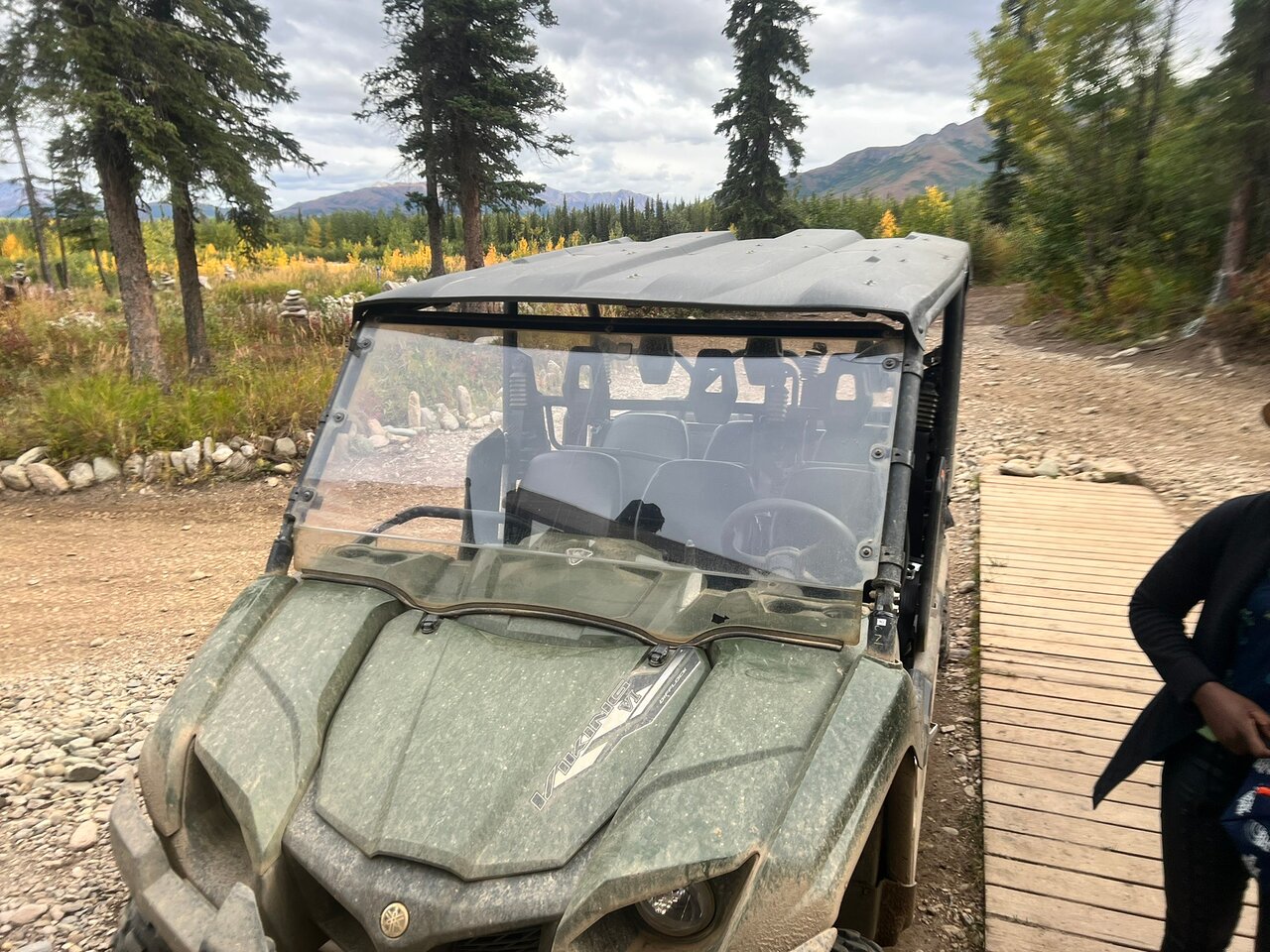
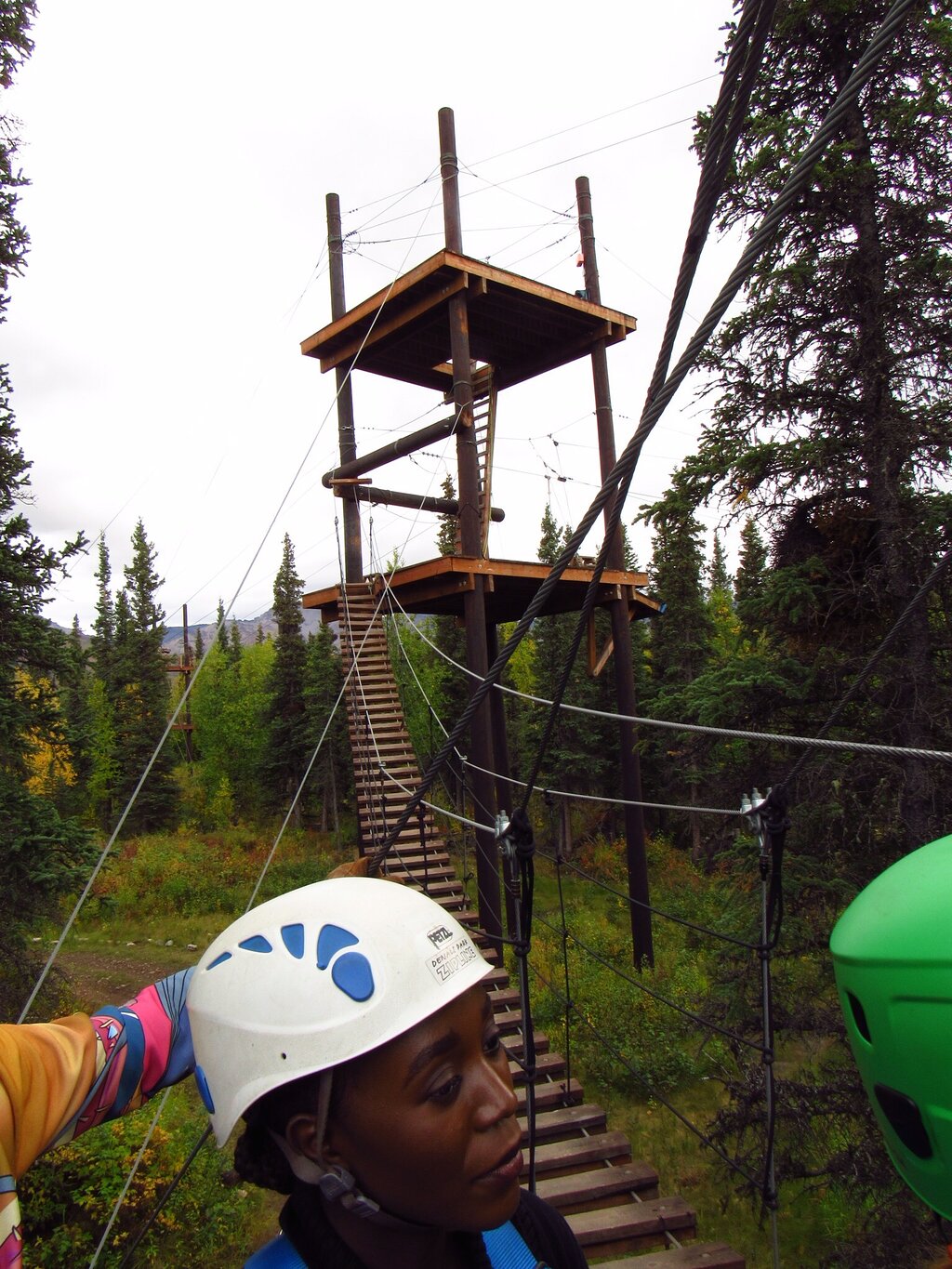
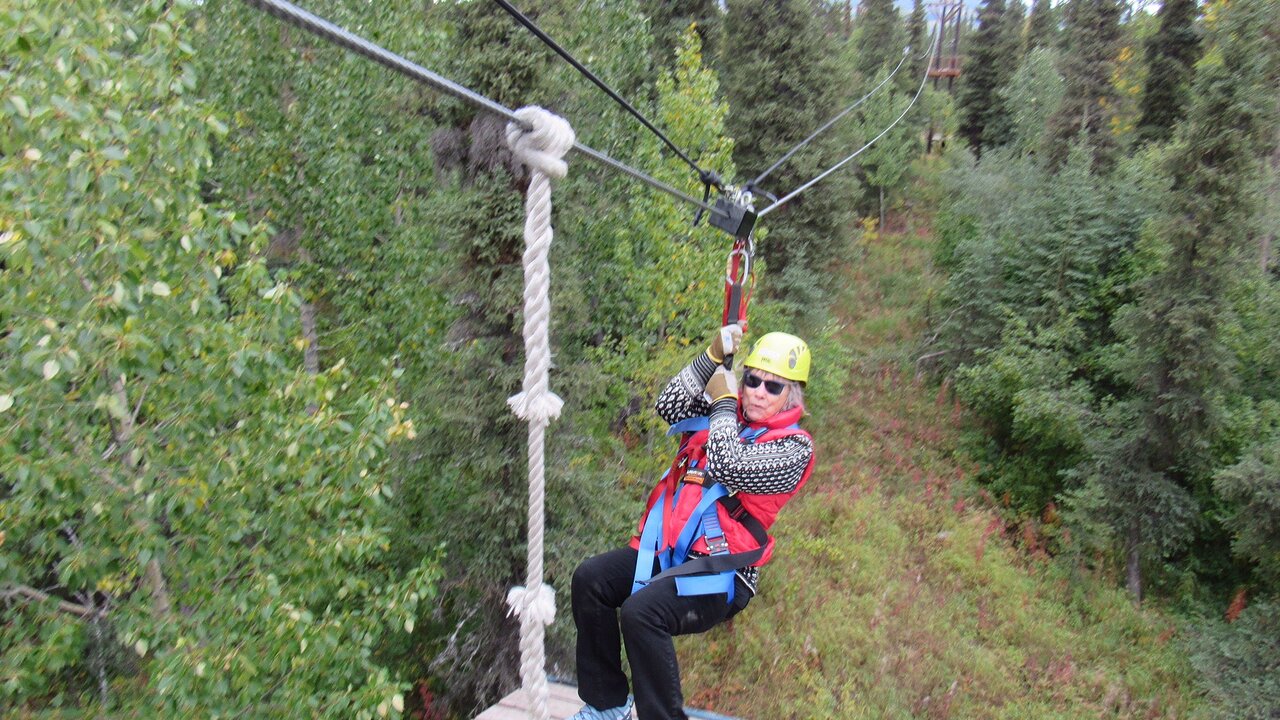
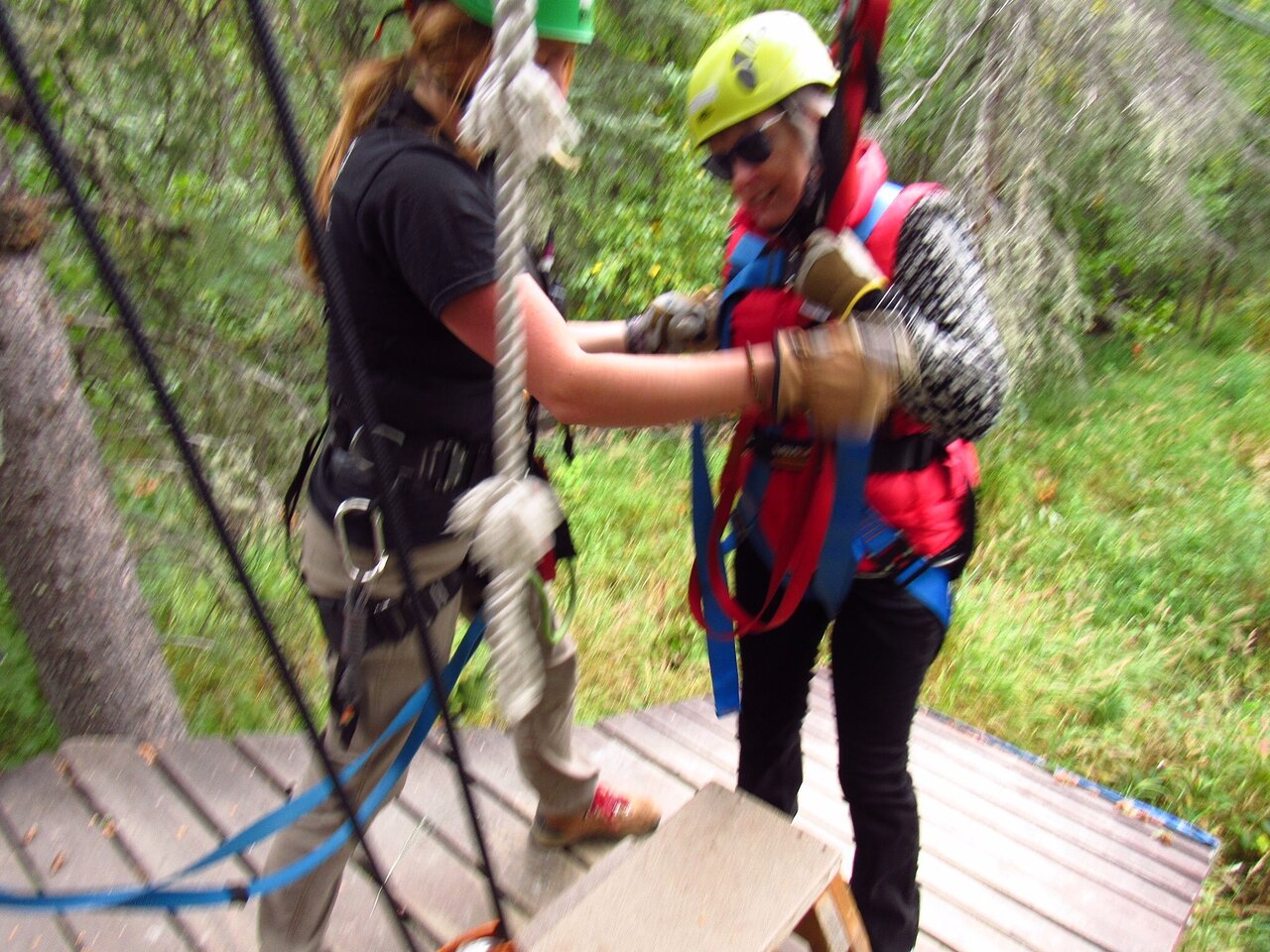
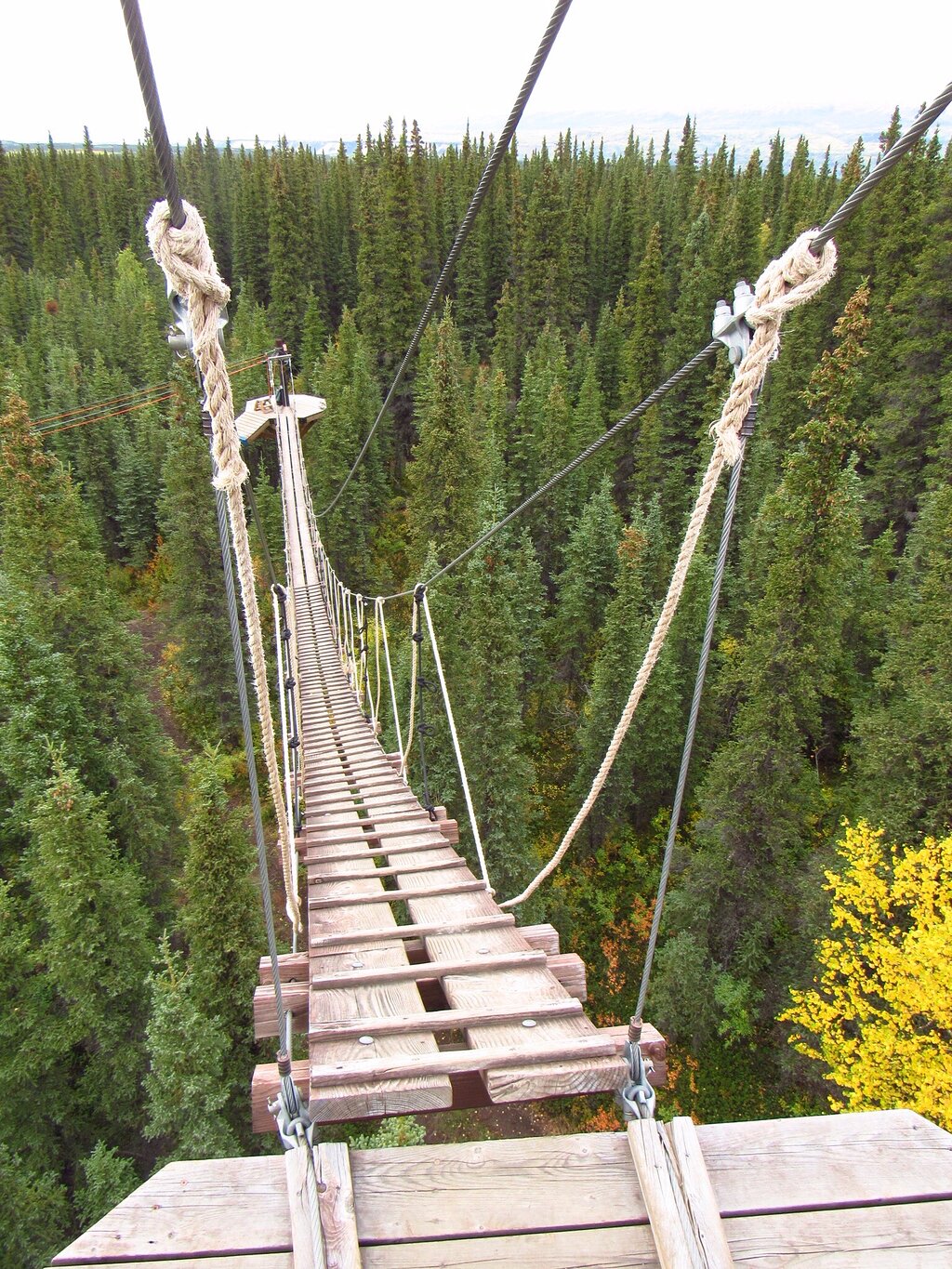
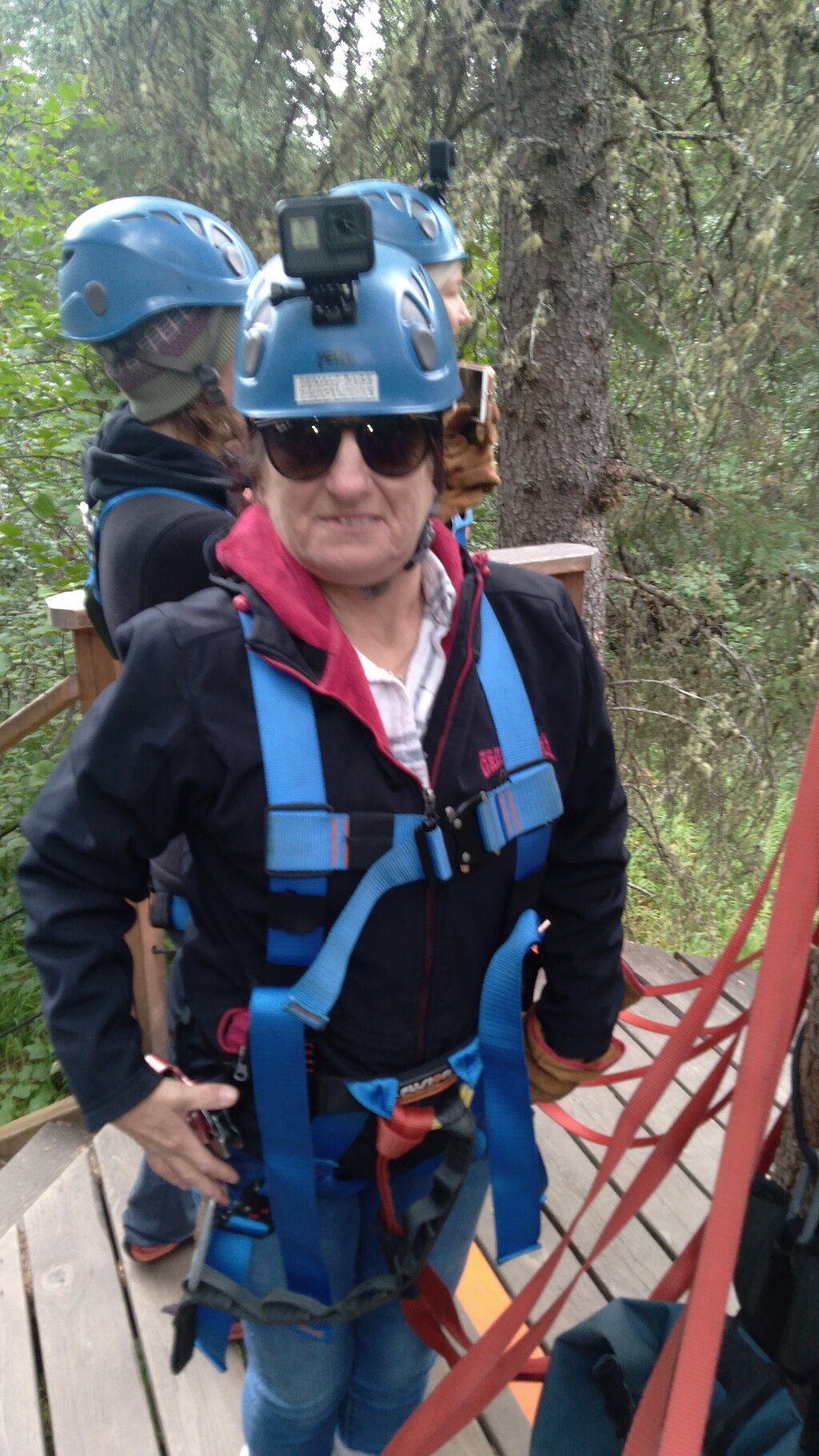
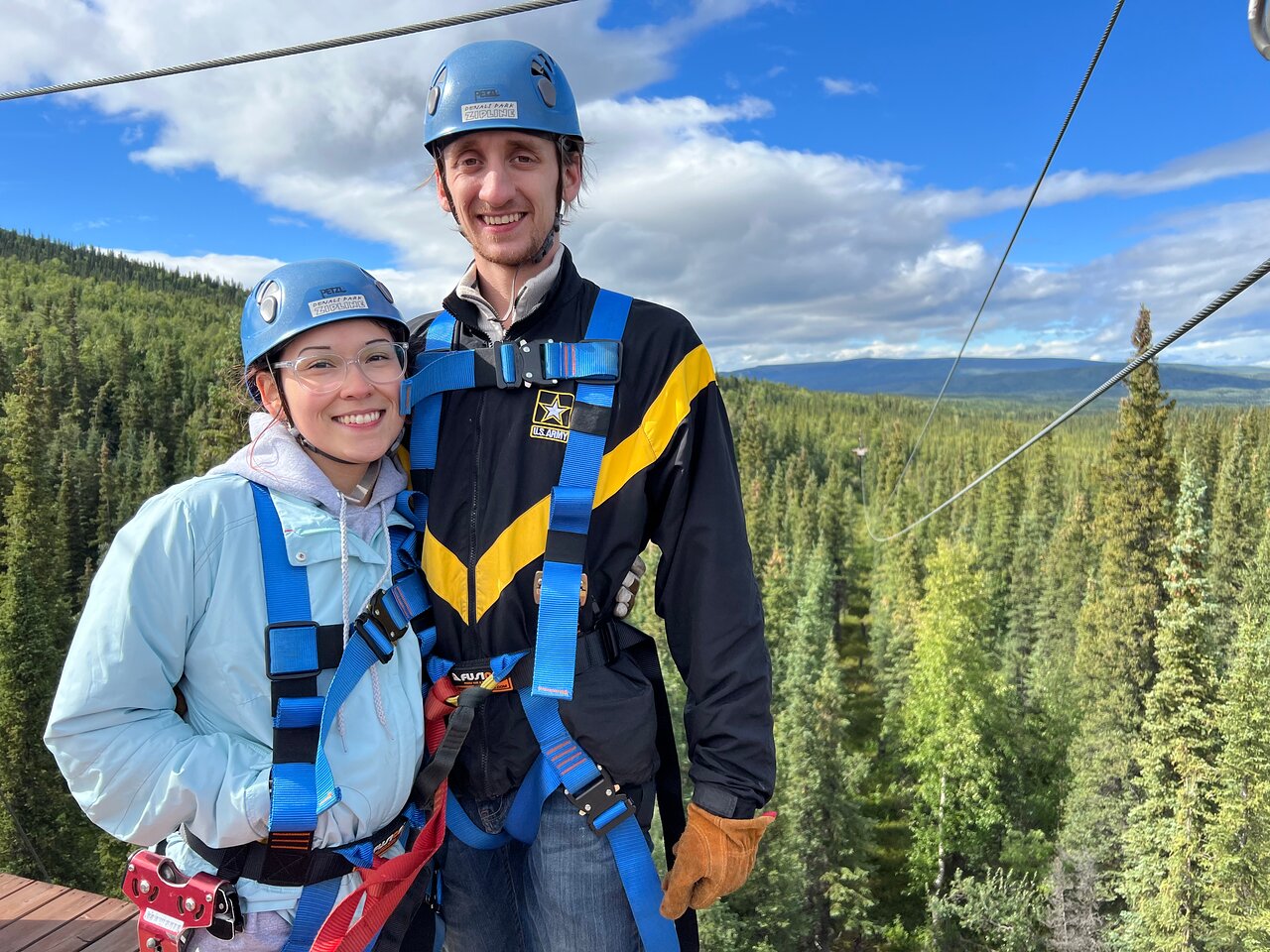
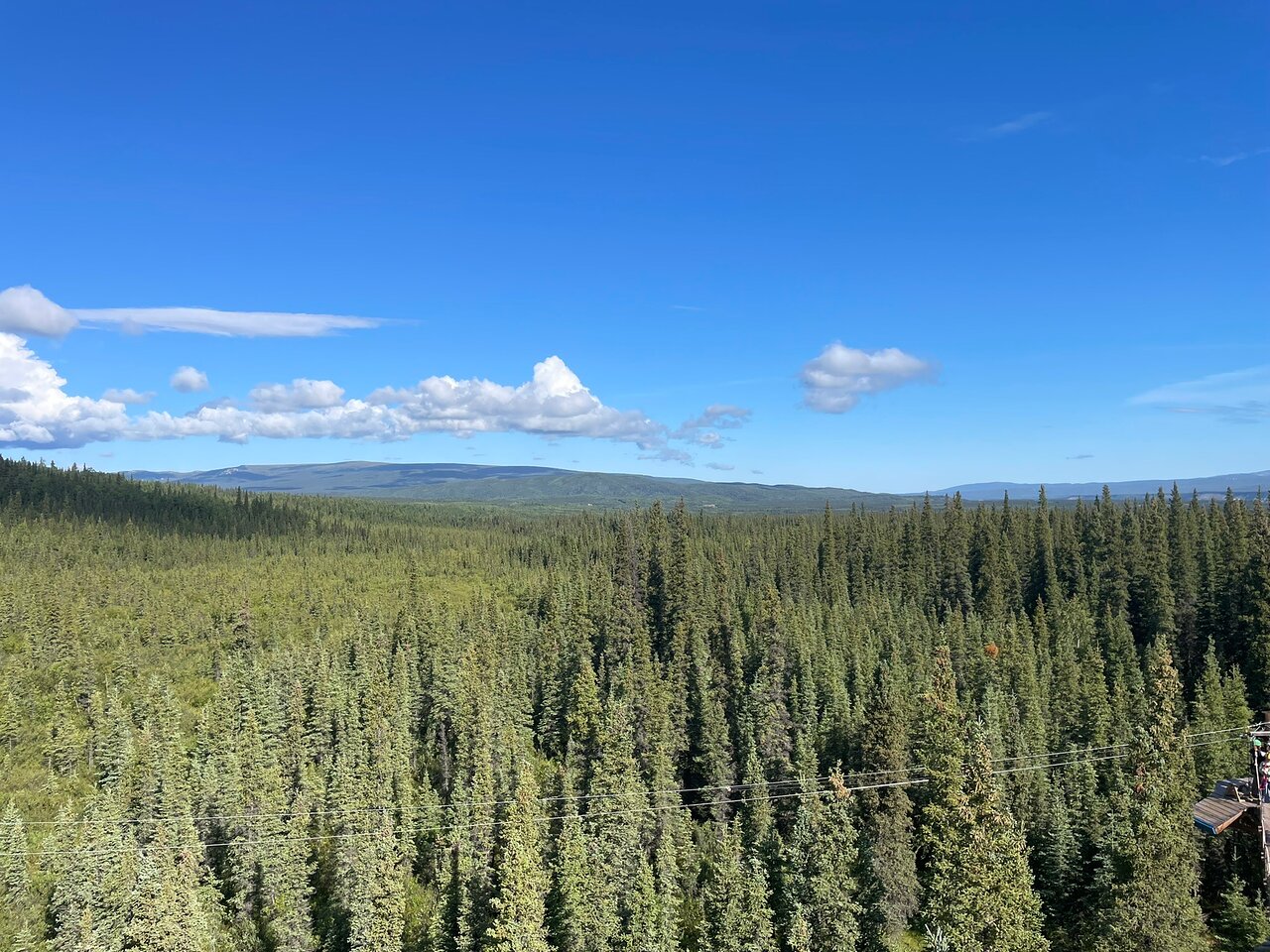
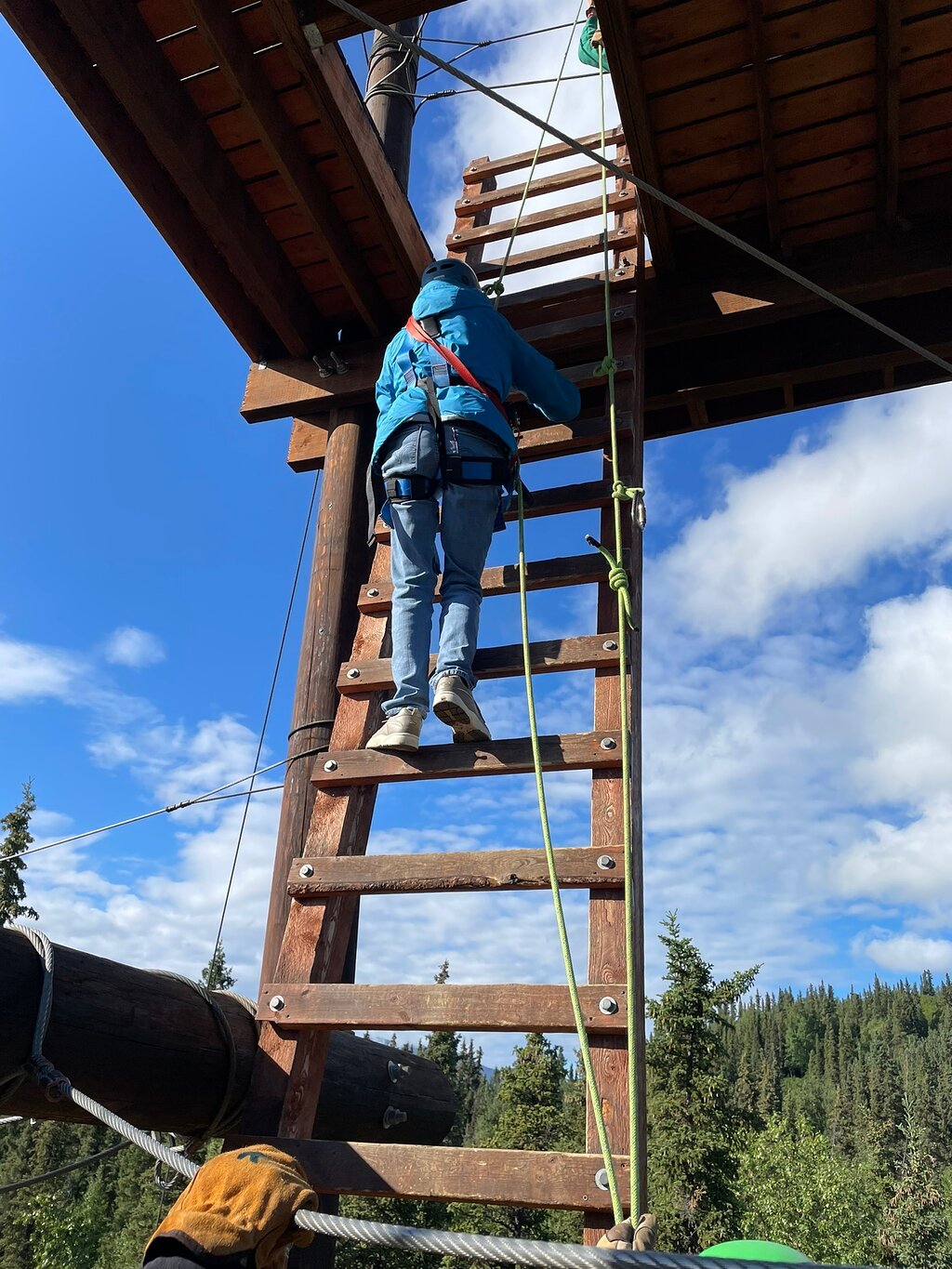
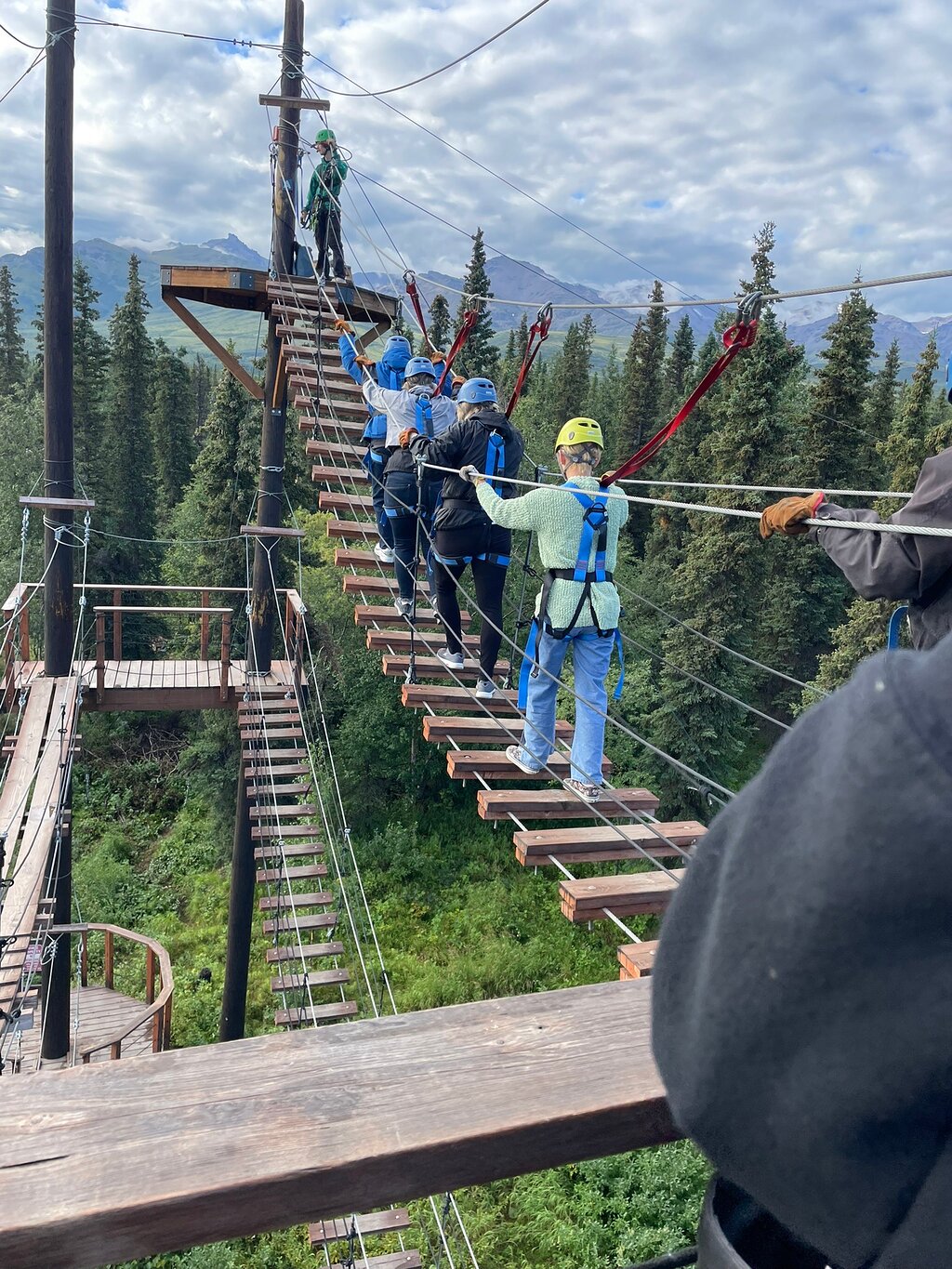

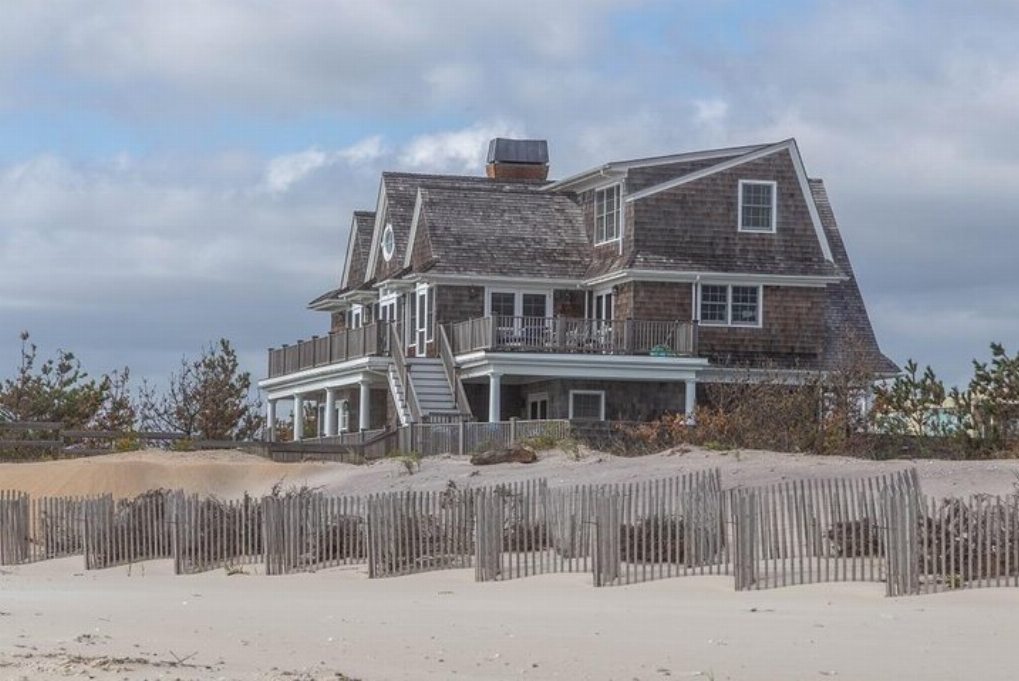

 більше
більше


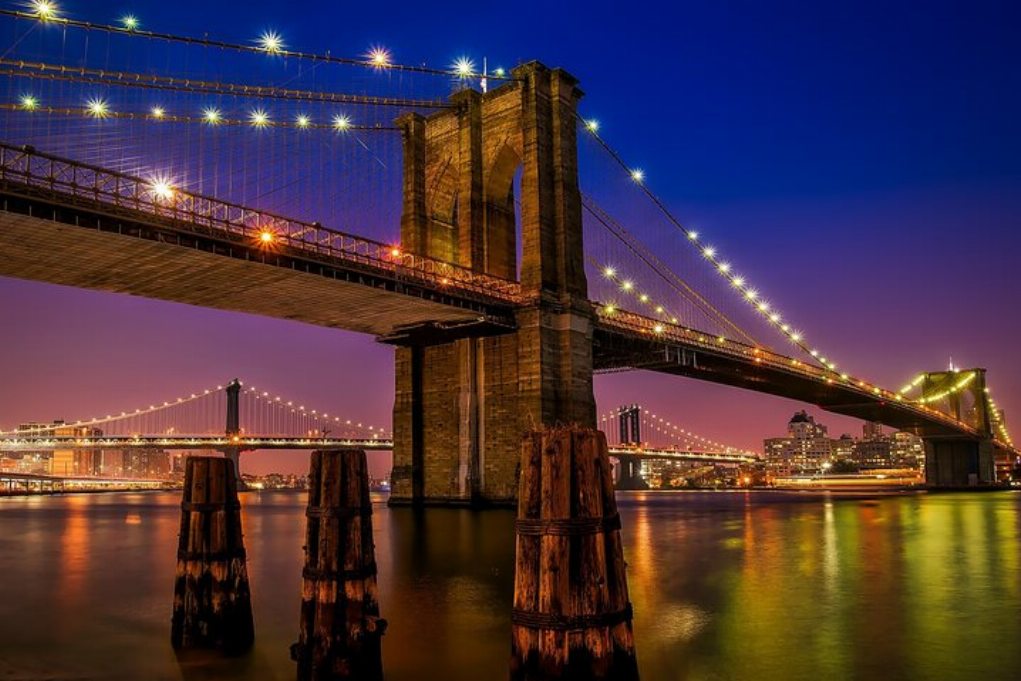
 Продовжуйте з Google
Продовжуйте з Google
 Продовжуйте з Facebook
Продовжуйте з Facebook
 Продовжуйте з Twitter
Продовжуйте з Twitter

